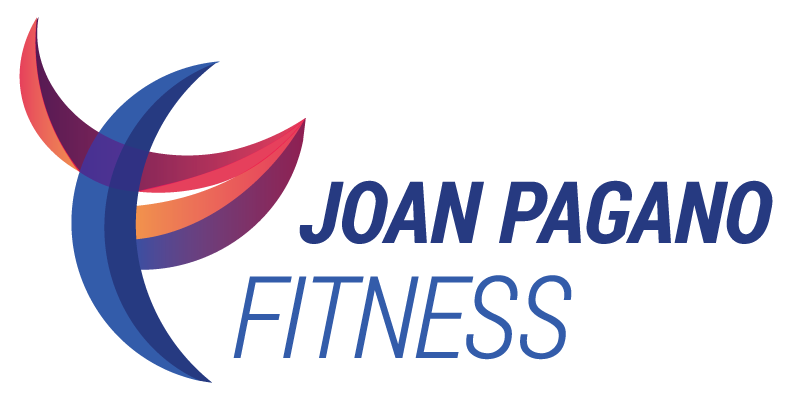Hip Hinge Exercise
What is the hip hinge exercise?
The hip hinge or hinging exercise is one of several fundamental movement patterns that are the basis for all exercises. It is a functional movement, which prepares your whole body to meet the demands of day-to-day activities more effectively and with less strain.
The hip hinge works the major muscle groups of your backside (the “posterior chain”): the glutes, hamstrings, and erector spinae (spinal erectors), while engaging the abdominals.
The hip hinge is a fundamental, functional exercise that trains posture, alignment, and body mechanics while building strength in the glutes.
Why is hinging exercise important for osteoporosis?
If you have osteoporosis, hinging exercise trains you how to bend safely and protect your spine. As you bend, keep your back straight, shoulder blades pulled in toward each other. Bend only at the hips and knees.
Learn the difference between bending from the waist and hinging from the hip. Bending forward from the waist rounds the upper back, putting stress on the spine and overloading fragile vertebrae, which may cause fractures.
Train yourself to use the hip hinge as you go about your everyday routines. Whenever you are bending and turning, lifting and carrying, pushing and pulling (as in vacuuming, sweeping, and mopping), coughing and sneezing, even standing at the sink to brush your teeth or wash the dishes, always bend your knees slightly and then hinge forward from the hip, keeping your spine aligned.
Benefits of the hip hinge exercise
Including how to prevent “dormant butt” syndrome
Improve posture
Align the torso
Enhance body mechanics
Engage the core
Prevent “dormant butt” syndrome
1. Improve posture as you lengthen and strengthen the spine.
The hinging movement strengthens the erector spinae, the large muscles on either side of the spinal column that straighten the spine and keep it flexible.
2. Align the torso, stacking the ribs over the hips.
Think of elongating the torso, separating the ribs from the hips, and lengthening the spine. Draw your abdominals in to hold that position. Move the trunk in one unit as you hinge forward.
3. Enhance body mechanics for day-to-day activities.
Body mechanics determine how well your skeleton can distribute body weight and absorb the impacts of daily living. Protect your spine by flexing from the hip instead of rounding the spine forward as you move through your day.
4. Engage the core, recruiting the abdominals to maintain neutral spine alignment.
Connect with the core to maintain length in the spine and torso alignment. The core generates strength and mobility for the whole body.
5. Prevent “dormant butt” syndrome by activating the glutes
As we age, the gluteal muscles atrophy, losing strength and size. “Dormant butt” syndrome refers to de-conditioning of the glutes. Without the strength of the glutes, you are likely to experience declining stability in the lower body. The hip hinge activates the glutes.
What is the difference between a hip hinge and a squat?
While both the hip hinge and the squat work the glutes and erector spinae while engaging the abdominals, the squat emphasizes the quadriceps as you bend your knees, while the hip hinge targets the hamstrings as you flex forward from the hip.
Tips on Technique
· Stand with your legs parallel, slightly wider than hip width apart, knees softly bent.
· Stack your ribs over hips, spine in neutral, and draw your abdominals tight.
· Rest your hands on your waist.
· Push back with your hips as you lengthen your trunk forward, head and neck aligned with the spine.
· Hinge to 45 degrees or more, then squeeze the glutes to return to standing,
See related: The Best Glute Exercises
Disclaimer: The information presented in this article should not be construed as medical advice. It is not intended to replace consultation with your physician or healthcare provider.
